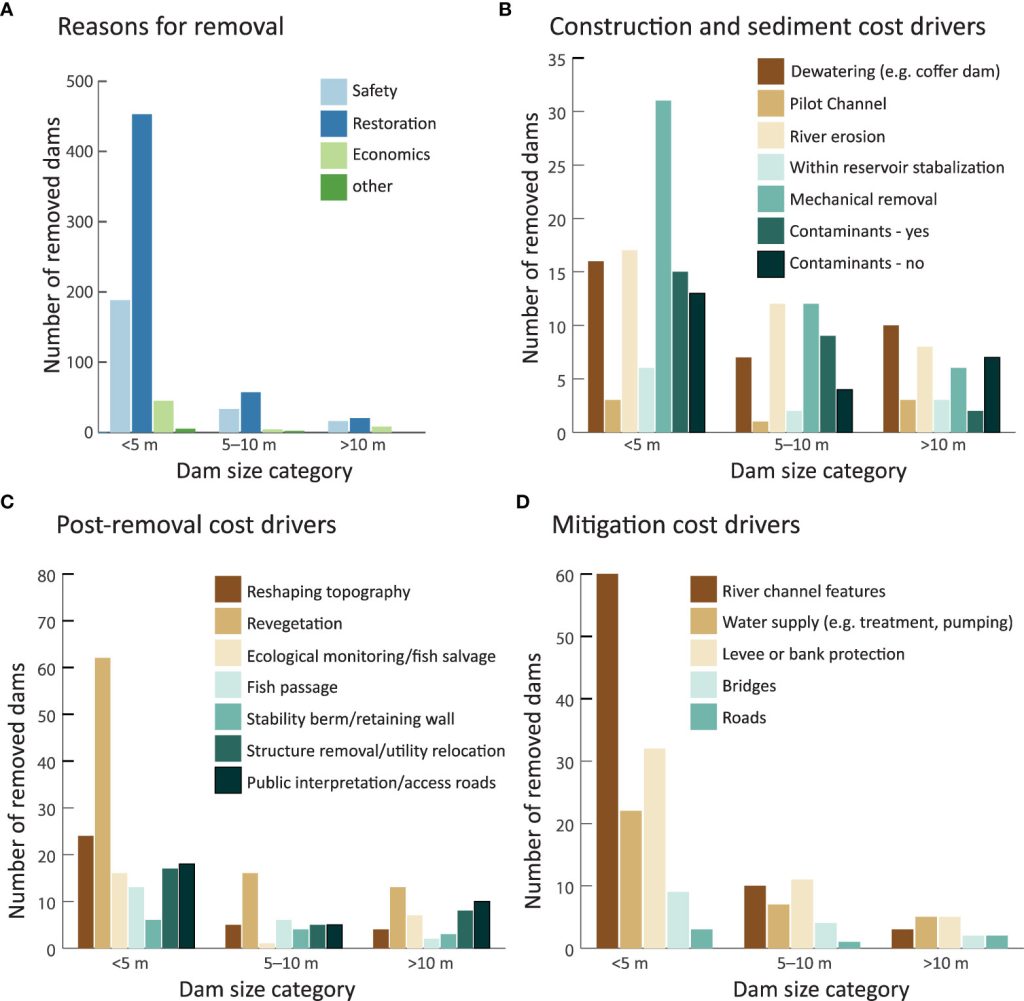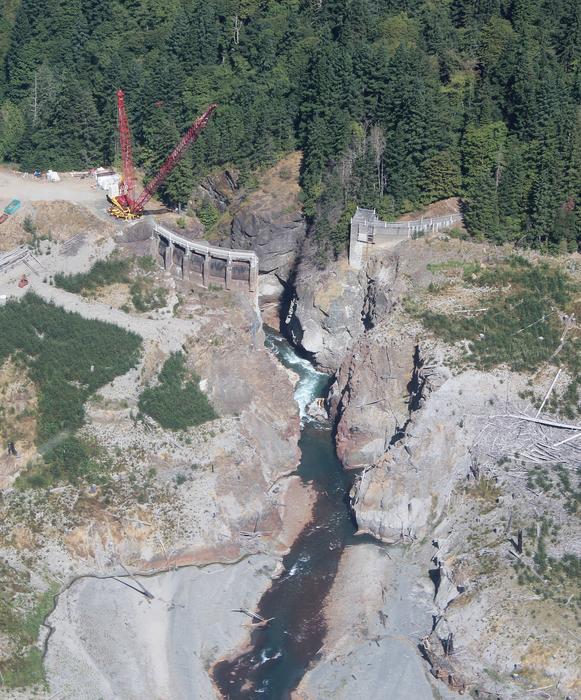This tool will assist stakeholders in making informed decisions when assessing the feasibility of dam removal projects, considering both the direct costs of dam structure removal and the broader costs related to environmental mitigation. By enabling more accurate cost estimation, the tool aims to support environmentally sustainable solutions and effective asset management in the face of changing dam infrastructure needs.
The United States boasts over 90,000 dams listed in the National Inventory of Dams (NID), providing crucial water management infrastructure for various purposes. While most dams continue to serve important functions, around 2,000 dams have been removed in the last century, with an increasing trend in recent decades. Additionally, many dams and associated infrastructure are aging, leading to rising costs for safe operation and maintenance.

To address the challenges surrounding dam removal and enhance decision making, a collaborative effort was undertaken by a team comprising the U.S. Bureau of Reclamation, US Geological Survey, Oregon State University, and the US Army Engineer Research and Development Center. The objective was to develop a planning-level cost estimating guideline for dam removals, drawing upon existing dam removal experience and cost data.
The guideline serves three key asset management areas. First, dam safety programs benefit from cost estimates to compare the expenses of maintaining or repairing aging and unsafe dams versus decommissioning. Second, water conveyance programs with low-head diversion dams consider removal or replacement to eliminate safety hazards, improve fish passage, and enhance recreational use. Lastly, river restoration grant programs focus on opportunities for enhancing riparian and aquatic ecosystems, particularly for threatened and endangered species.

Related News Articles
POLITICO Pro: GREENWIRE – 26 July 2023
Researchers create calculator to predict dam removal costs
Oregon State University – 25 July 2023
Scientists develop tool to predict dam removal costs by analyzing 55 years of past removals
PHYS.ORG – 25 July 2023
Scientists develop tool to predict dam removal costs by analyzing 55 years of past removals
EurekAlert! – 25 July 2023
Scientists develop tool to predict dam removal costs by analyzing 55 years of past removals


